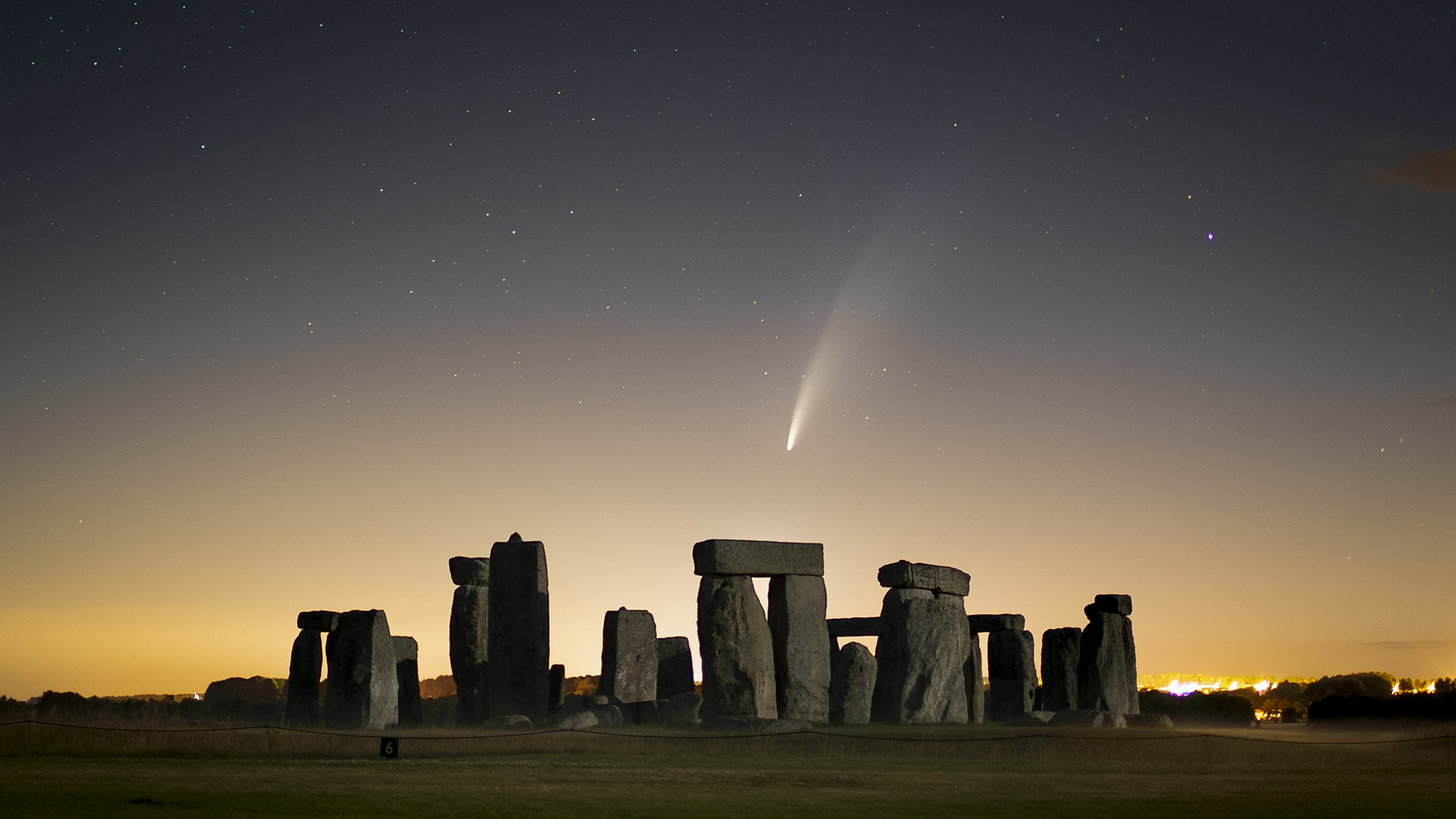The best softbox lighting kits: studio flash kits ideal for portraits
Perfect for portraiture, these are the best softbox lighting kits for your home studio
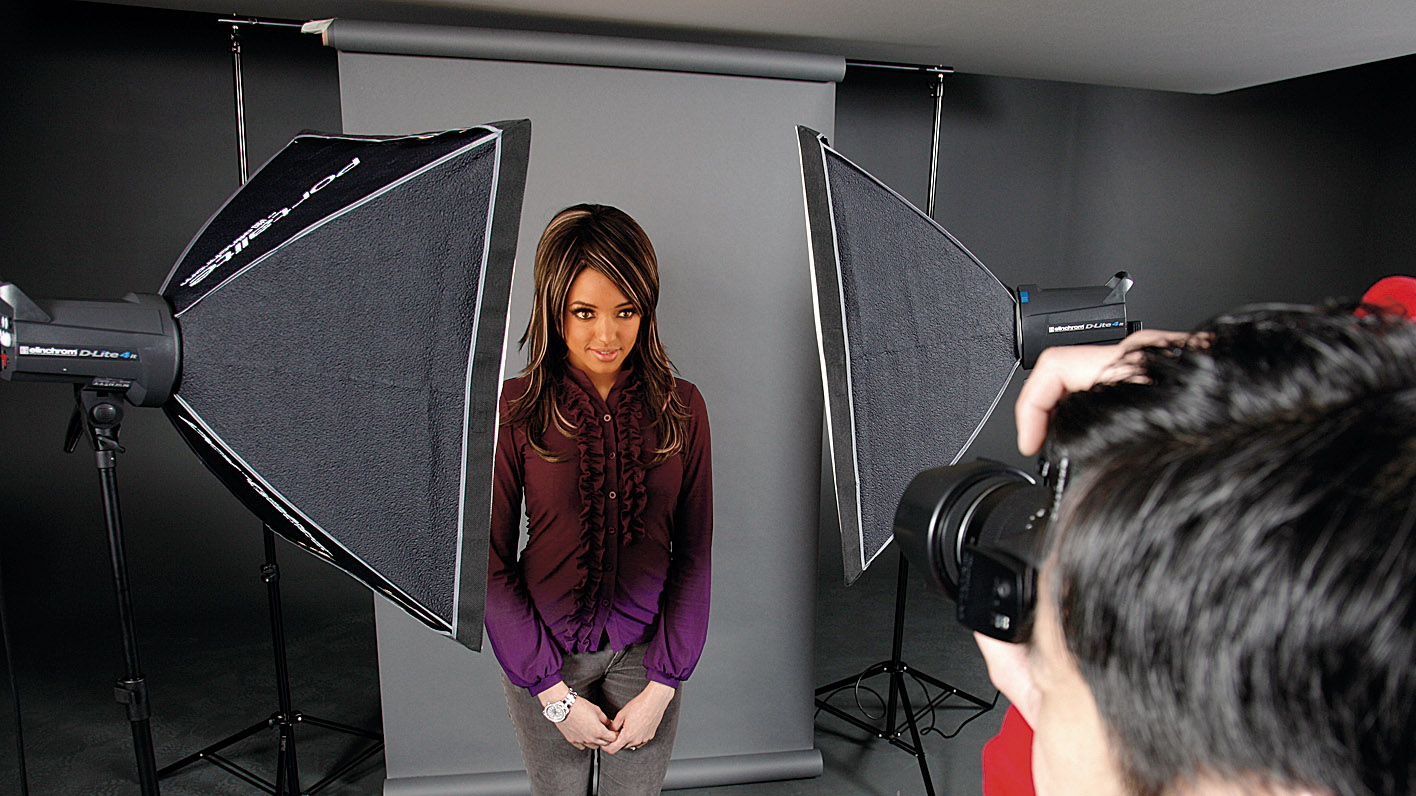
Our top picks↴
1. Best overall
2. Best cheap
3. Best features
4. Rapid-fire exposures
FAQs
How to choose
How we test
The best softbox lighting kits provide beautifully soft, flattering light, making them superior to other light modifiers such as reflectors. This makes them ideal for shooting portraiture, from headshots to full length, giving your sitter the best possible illumination.
They also offer a lot of bang for your buck. They're vastly more powerful than even the best flashguns, and typically come with accessories including lighting stands, cables and carrying bags, plus either softboxes or brollies.
Here we're featuring either kits already containing softboxes, or kits without any light modifiers, where we'll instead recommend compatible softboxes you can buy separately. Some kits even include flash triggers to give a wireless connection between camera and flash.
Our top picks
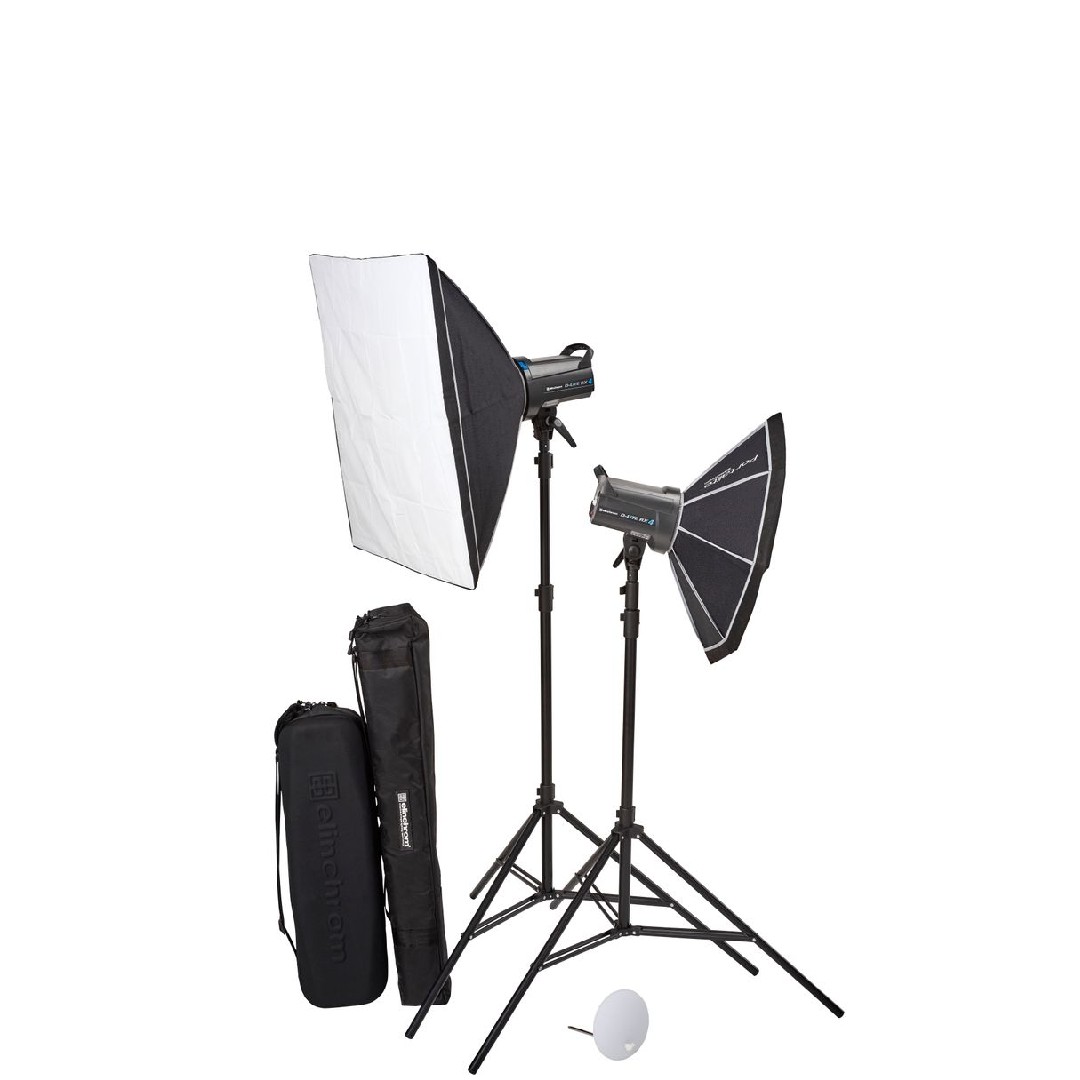
Best overall
Elinchrom D-Lite RX flash heads combine sophisticated features with intuitive controls, making them highly versatile yet very easy to use. This kit is based on a pair of the most powerful heads in the series, with a rating of 400Ws (Watt seconds).
Read more below
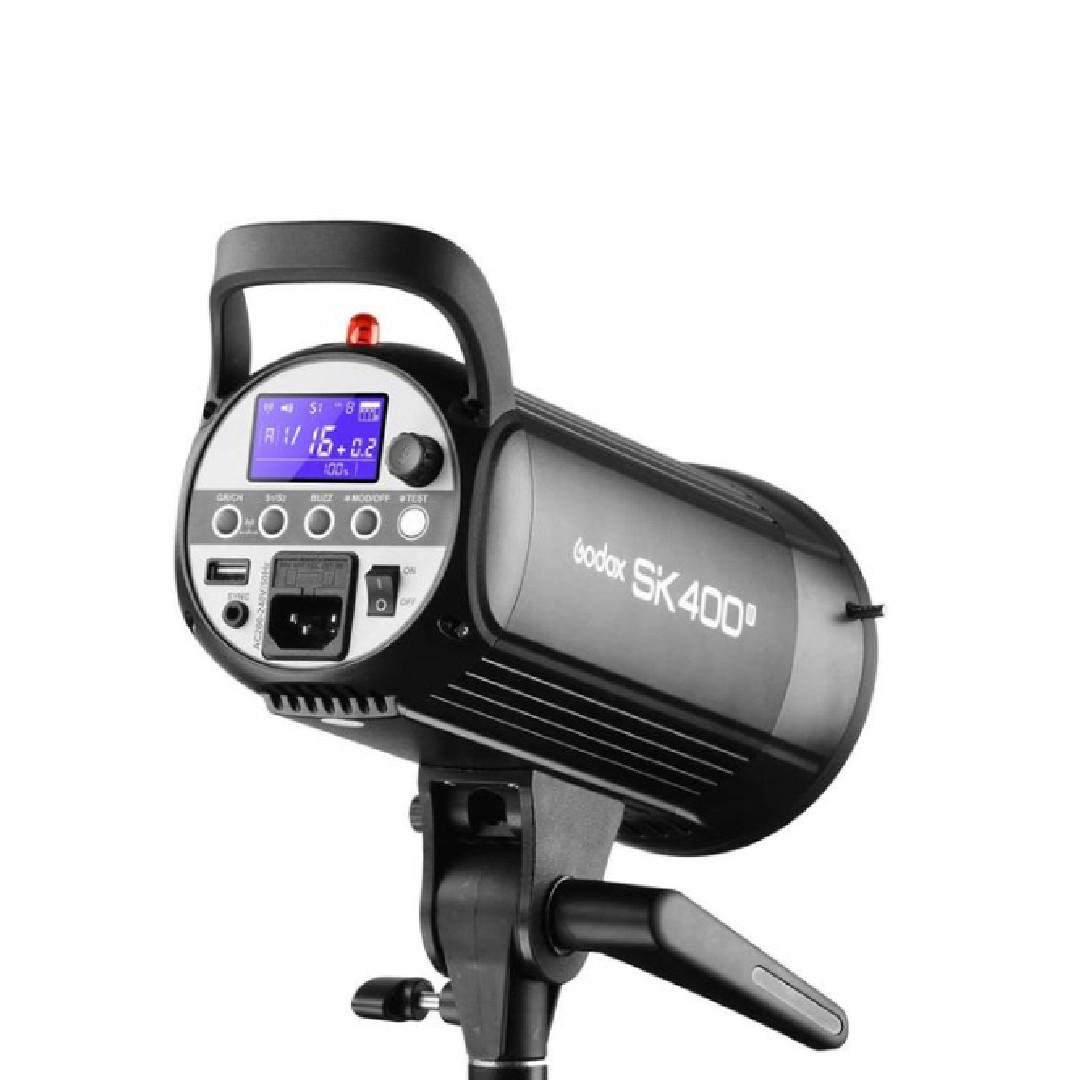
Best budget
For less than a cost of just a single flash head from a premium brand, you could have this complete 2-head kit. Included is a pair of SK400II monolight flash heads, 0.1-1.0-second recycle times, 150W modelling light and an LCD control panel interface.
Read more below
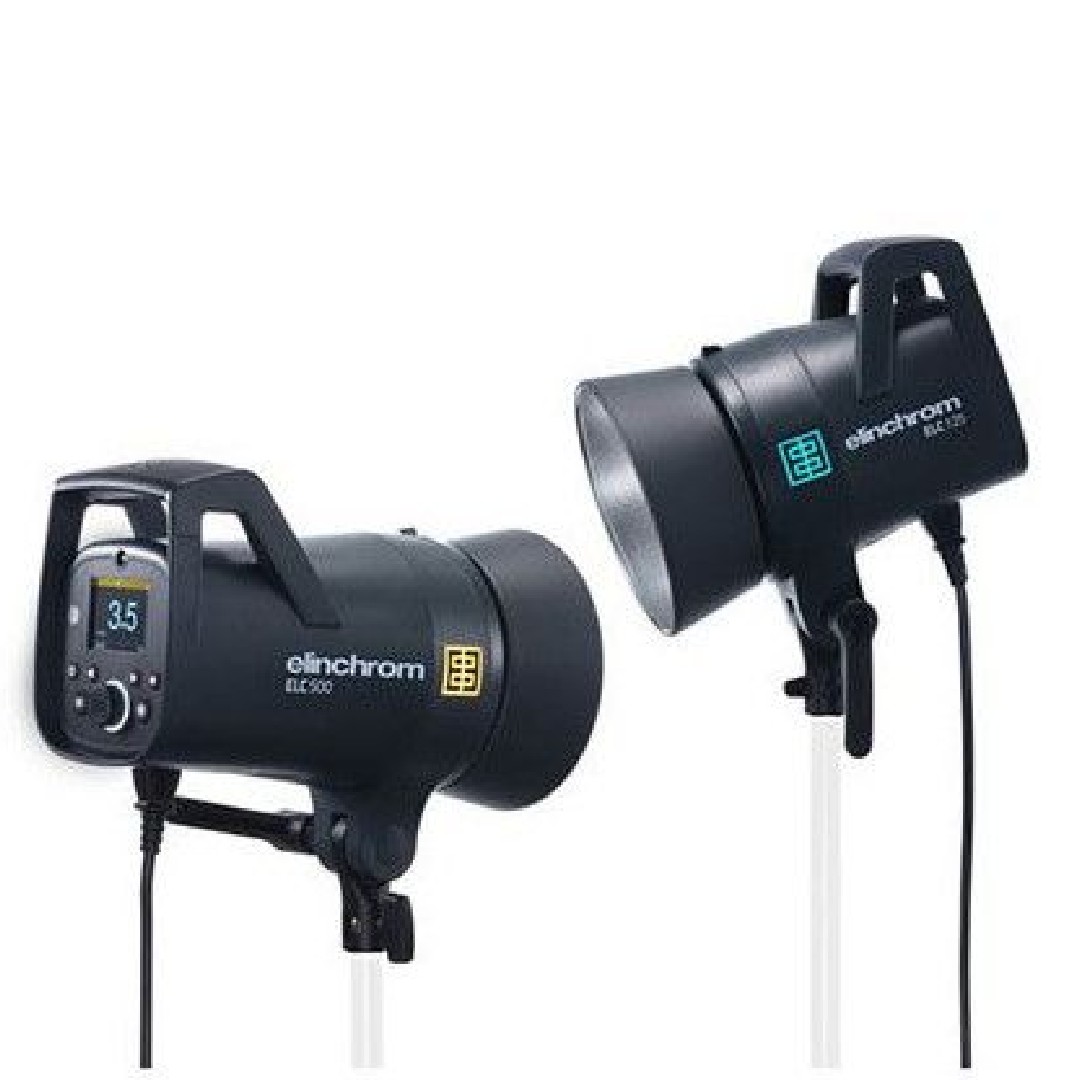
Best features
These two heads offer an impressively broad power range, and the built-in transceiver works in tandem with the Elinchrom Skyport Pro trigger, which allows to capture images with flash even at super-fast shutter speeds like 1/8,000sec.
Read more below
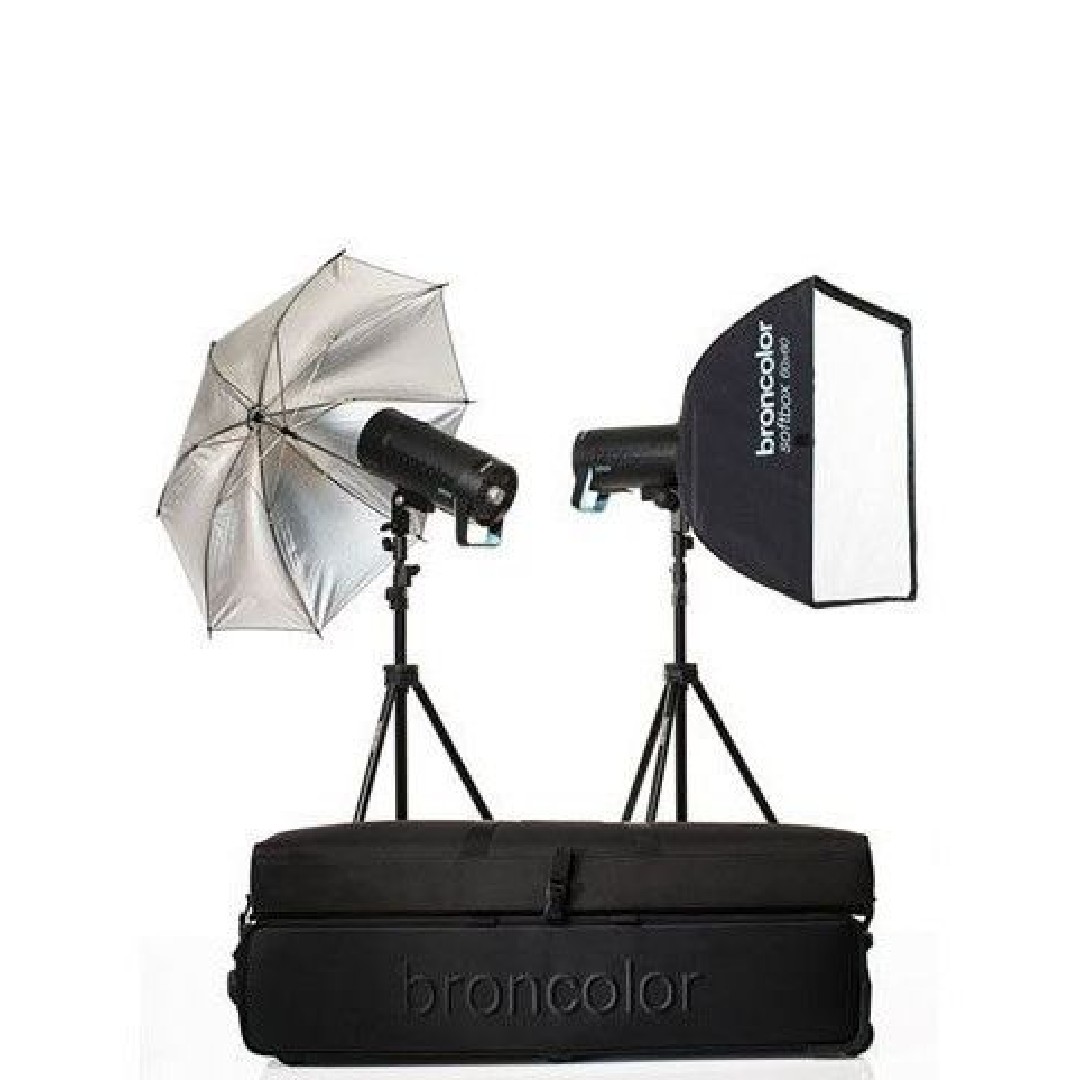
Rapid-fire exposures
This model can make use of a specialized "Speed Mode", which specifically speeds up the charge time and flash duration for a super-fast series of exposures, meaning you can capture the most fleeting of moments in huge amounts of detail.
Read more below
The best softbox lighting kits
Why you can trust Digital Camera World
Best softbox lighting kit overall
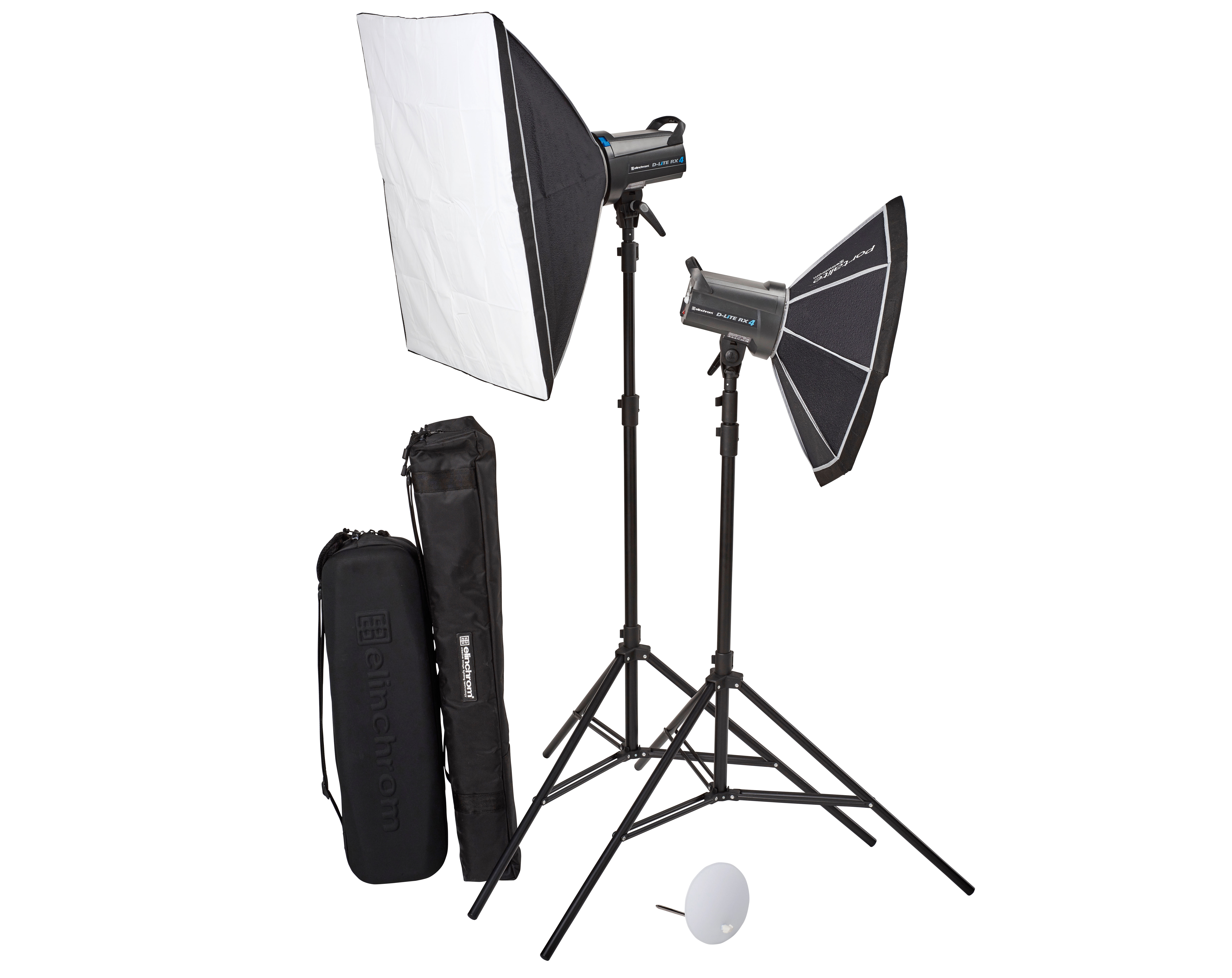

1. Elinchrom D-Lite RX 4/4 To Go
Specifications
Reasons to buy
Reasons to avoid
Elinchrom D-Lite RX flash heads combine sophisticated features with intuitive controls, making them highly versatile yet very easy to use. This kit is based on a pair of the most powerful heads in the series, with a rating of 400Ws.
Accessories include 56cm and 66cm softboxes, a translucent deflector, stands and a full set of cables. Two carrying bags are supplied and the entire kit has a premium quality look and feel. All Elinchrom RX flash heads have built-in RF (radio frequency) receivers. The kit adds a hotshoe-mounting EL-Skyport Transmitter Plus for triggering the flash heads and remotely adjusting flash settings, up to 200m away. The heads also have an ‘intelligent’ slave mode, so they can be triggered from a flashgun while ignoring any pre-flash pulses.
Elinchrom uses a proprietary mounting system for reflectors, rather than the standard Bowens S-type bayonet mount, along with a non-standard 7mm brolly socket. A secondary socket is built into the flash head’s stand clamp, enabling use of standard 8mm brollies.
Simple push-button control enables the output of each head to be adjusted in 1/10 f/stop increments. Power adjustments are very accurate and the consistency of output is excellent. Recycle speeds are the fastest here. With a total power range of five f/stops, the minimum power setting is still quite strong, but this shouldn’t prove a problem.
Best cheap softbox lighting kit
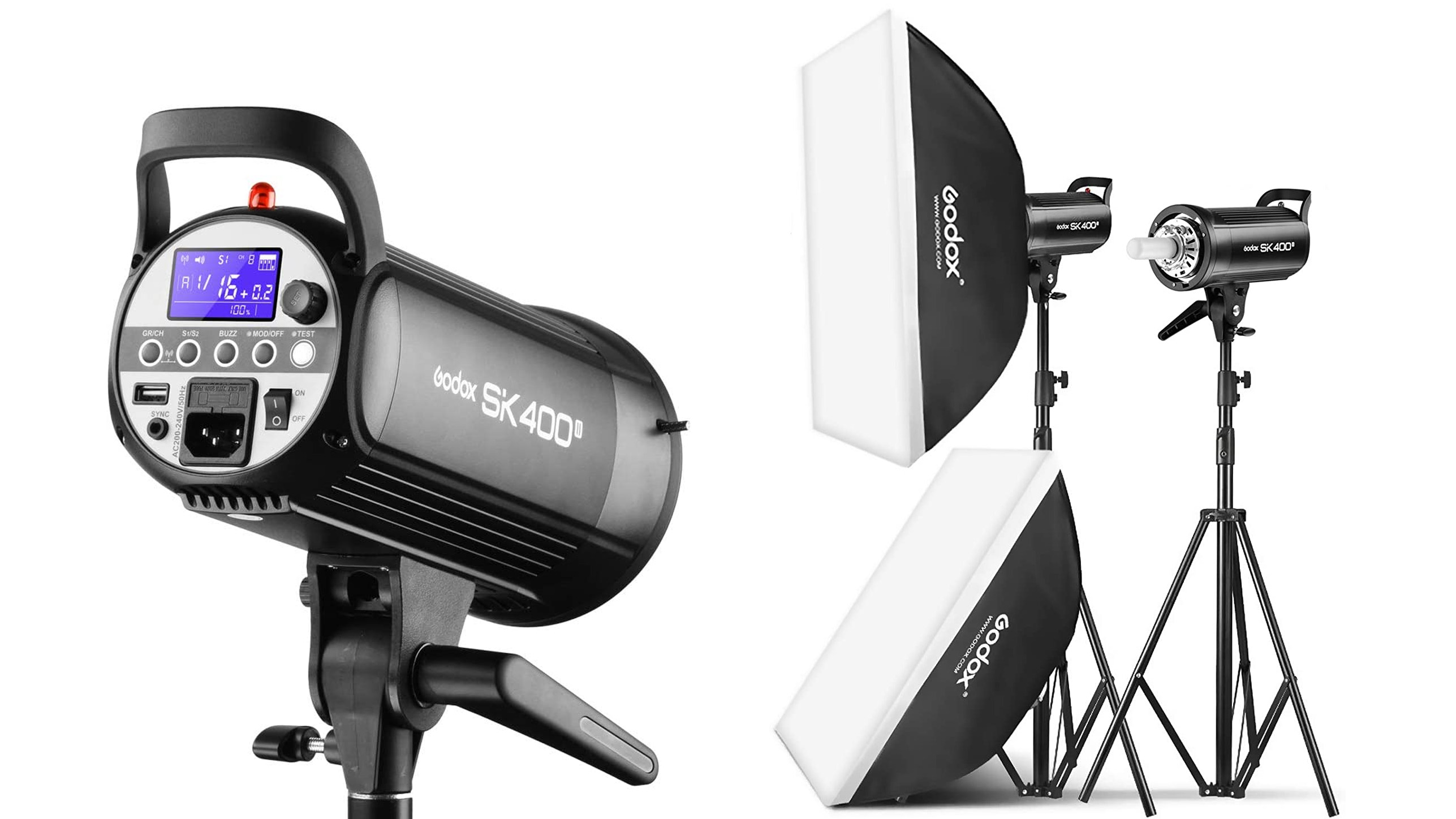
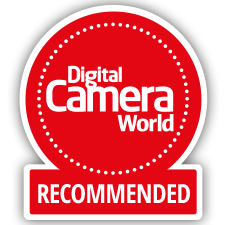
2. Godox 2 Pack SK400II studio flash kit
Specifications
Reasons to buy
Reasons to avoid
For less than a cost of just a single flash head from a premium brand, you could have this complete two-head kit from Godox. Included is a pair of SK400II monolight flash heads, boasting a 400Ws max power output, 0.1-1.0-second recycle times, a 150W modelling light and a comprehensive LCD control panel interface.
Flash triggering is via a conventional sync socket, or wirelessly using one of Godox's optional, but equally well priced, 2.4Ghz wireless flash triggers.
Included with the head is a comprehensive selection of accessories for setting up a home studio, including a pair of light stands, two 24x36-inch softboxes, two spill-kill reflectors and 60-degree honeycomb grids for focusing light, barn doors and a selection of colored gels. Just add a wireless flash trigger and a backdrop of your choice and you're ready to shoot.
Best softbox lighting kit for features
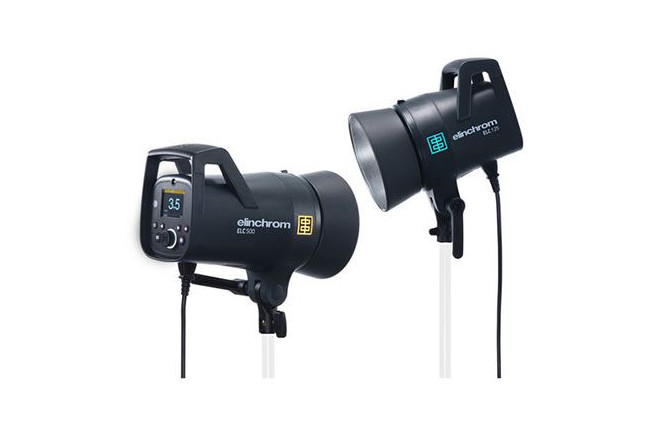
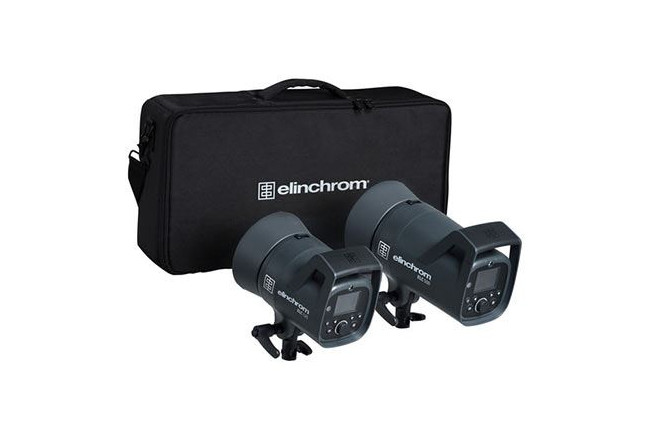
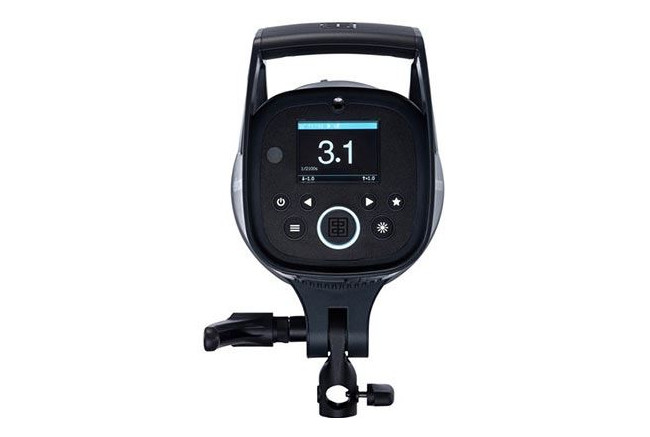
Specifications
Reasons to buy
Reasons to avoid
Available together in a single kit, these two heads make use of IGBT (Insulated-Gate Bipolar Transistor) technology, which allows for more sophisticated shooting modes to be available to the user.
The two heads offer an impressively broad power range, each able to output as little as 7Ws, with maximum ratings of 131Ws (for the 125 TTL) and 522Ws (for the 500 TTL). There is also a kit available with two 500 TL heads, if you prefer.
The built-in transceiver works in tandem with the Elinchrom Skyport Pro trigger, which comes in seven different variations to cover a variety of camera makes, from Canon and Nikon to Micro Four Thirds. This adds High Speed Sync to the equations, allowing the user to capture images with flash even at super-fast shutter speeds like 1/4,000sec or 1/8,000sec.
The units are also solidly made, with an all-metal chassis that feel secure and durable. The cooling fans are driven by a ‘smart pro-active cooling’ system, which effectively 'learns' your shooting practices in order to deliver the most efficient cooling process. The kit includes a pair of basic spill-kill reflectors, leaving you to choose your own softboxes. To keep everything Elinchrom, a Rotalux Octabox softbox would be an appropriate choice.
Available in several size and depth options, the 39"/100cm variant is a manageable size, though do remember to also add a Rotalux Speed Ring - it's needed to attach the softbox to the flash head.
Read more: Elinchrom ELC 125 TTL / ELC 500 TTL review
Best softbox lighting kit for rapid-fire exposures
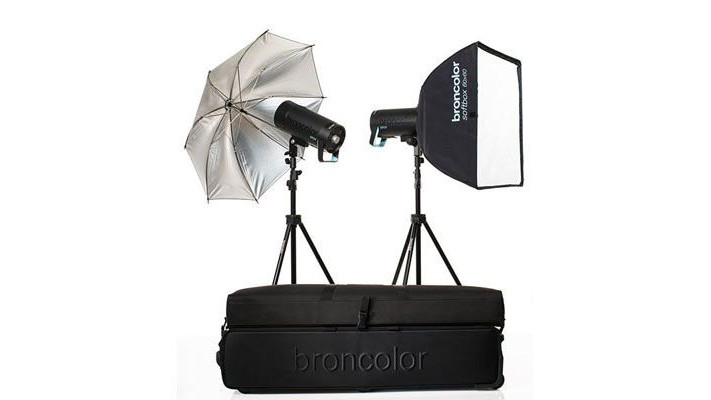
4. Broncolor Siros 400 S Expert Twin Head Kit WiFi/RFS 2
Specifications
Reasons to buy
Reasons to avoid
At the lighter end of the premium lighting kit space, this kit from Broncolor is built around two of its Siros 400 S lighting heads. These 400Ws monolights deliver plenty of functionality to crow about, not least of which is their nine-stop power range and 1/19,000sec flash duration, allowing you to get thoroughly precise with your lighting.
The Siros S can make use of a specialized "Speed Mode", which specifically speeds up the charge time and flash duration for a super-fast series of exposures, meaning you can capture the most fleeting of moments in huge amounts of detail. At the very fastest setting, this can go up to fifty individual flashes per second, at the cost of a reduction in maximum power.
This comprehensive kit includes one softbox and one umbrella as standard, but an additional softbox can be purchased from around $220/£220 to make this into a two-softbox set-up. You also get two basic M-stands and bags to carry it all in, so you'll have everything you need to set up a makeshift studio. Fast and effective, the Broncolor Siros 400 S Expert Twin Head Kit is an ideal lighting solution for pros on the go.
Broncolor Siros 400 L and Siros 800 L monolight review
FAQs
Should I buy a mains or battery-powered lighting kit?
For a home studio setup, or if you’re shooting indoors on location, there’s no beating the power and versatility of a conventional mains-powered studio flash kit. The top option is the Elinchrom D-Lite twin-head kit, which is fairly compact and easy to carry around, yet quick to set up and simple to use. But they’re no use if you’re on location with no access to a mains electrical outlet.
A growing range of battery-powered ‘location flash’ kits are now available, based on the same kind of IGBT (Insulated Gate Bi-polar Transistor) technology as regular flashguns, but with similar power to a studio flash head.
How big does my softbox lighting kit need to be?
Generally, the bigger the softbox enclosing the light source, the softer the light output. However, with some softboxes approaching 1.5 metres-square, compromises usually need to be made between quality of light versus logistical practicality. Lrger softboxes require bigger slight stands, which in turn demand more floor space, which can be at a premium in a smaller home studio. Likewise, larger softboxes might also be trickier to set up and pack away, which may not be a deal-breaker if you can leave everything set up, but can be a hassle if your studio space has to be used by others.
How powerful does my flash need to be?
Measured in watt-seconds, the higher the Ws figure, the brighter the maximum flash output. If you're shooting indoors, a pair of 250Ws should be more than adequate to provide good portrait illumination, but venture outside and you'll need 400+Ws heads if you want to overpower the sun. Also consider that any softbox enclosing a flash head will restrict its light output by a significant amount - that's just the price you pay to get a softer, more flattering illumination.
What's the best way to trigger a flash head?
Once you've chosen the right softbox lighting kit, you'll need a way to trigger the heads when you press your camera's shutter release. Physically trailing sync cables between camera and lights isn't really ideal nowadays - far better is a radio frequency trigger system.
Some flash heads have built in RF receivers, so all you need is to get a transmitter that suits your brand of camera. Flash heads without a built-in receiver can usually be fitted with an aftermarket receiver module, connected to the head's sync socket.
Whichever method you use, the end result is a versatile setup where multiple lights, arranged in one or more groups, can be wirelessly triggered each and every time you fire the shutter. Many trigger systems also let you remotely control the output power of each head, or a group of heads simultaneously - clever stuff.
How to choose a softbox lighting kit
When selecting a softbox lighting kit, consider your needs and assess factors such as portability, setup ease, and the types of projects you'll undertake. Evaluate the size and shape of the softboxes; larger ones provide softer light spread, but they're less portable and take up more space. Also think about how powerful you need your flash to be and how you'd like to trigger it. Look for adjustable brightness and color temperature to tailor lighting to your preference. Check for compatibility with your camera or filming setup. Assess the number of included softboxes and additional accessories like stands and diffusers.
How we test softbox lighting kits
We set up and use lighting kits with all of their supplied accessories. The build quality and operation of all component parts are checked, along with all of the available features and functions. We test the complete power range of each flash head and LED panel, with a standard reflector fitted, measuring the intensity of output at a distance of one metre, using a Sekonic flash/incident light meter.
The results are given in f-stops required for a correct exposure, using a sensitivity of ISO100, which also equates to the Gn (Guide number, metres/ISO100). For flash heads, we also measure the recycling speeds, at all major increments through the power range. TTL flash metering and HSS modes are tested, where available, using the flash kit supplier’s optional remote triggers.
All lighting kits are checked for ease of use when making adjustments to power output and other available modes and settings.
Get the Digital Camera World Newsletter
The best camera deals, reviews, product advice, and unmissable photography news, direct to your inbox!
Ben is the Imaging Labs manager, responsible for all the testing on Digital Camera World and across the entire photography portfolio at Future. Whether he's in the lab testing the sharpness of new lenses, the resolution of the latest image sensors, the zoom range of monster bridge cameras or even the latest camera phones, Ben is our go-to guy for technical insight. He's also the team's man-at-arms when it comes to camera bags, filters, memory cards, and all manner of camera accessories – his lab is a bit like the Batcave of photography! With years of experience trialling and testing kit, he's a human encyclopedia of benchmarks when it comes to recommending the best buys.

